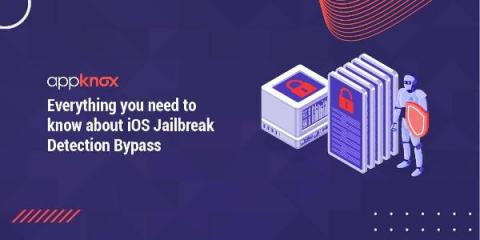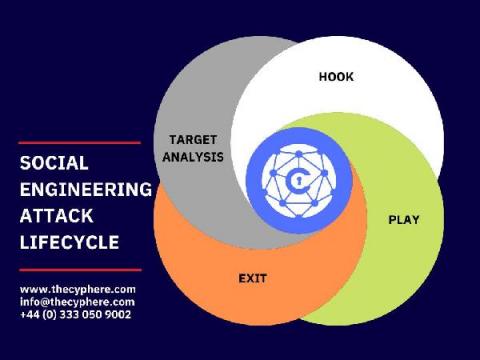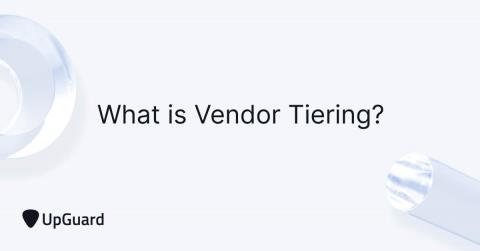Data Breaches: A Chance for Opportunistic Scammers & What You Should Watch for
Data breaches are now part of doing business, with many companies having been affected. Data is very valuable to criminals because it is often used to commit fraudulent activities as well as to enhance the credibility of scams. Data that is stolen ranges from Social Security Numbers (SSNs) to other identification documents and payment details.










